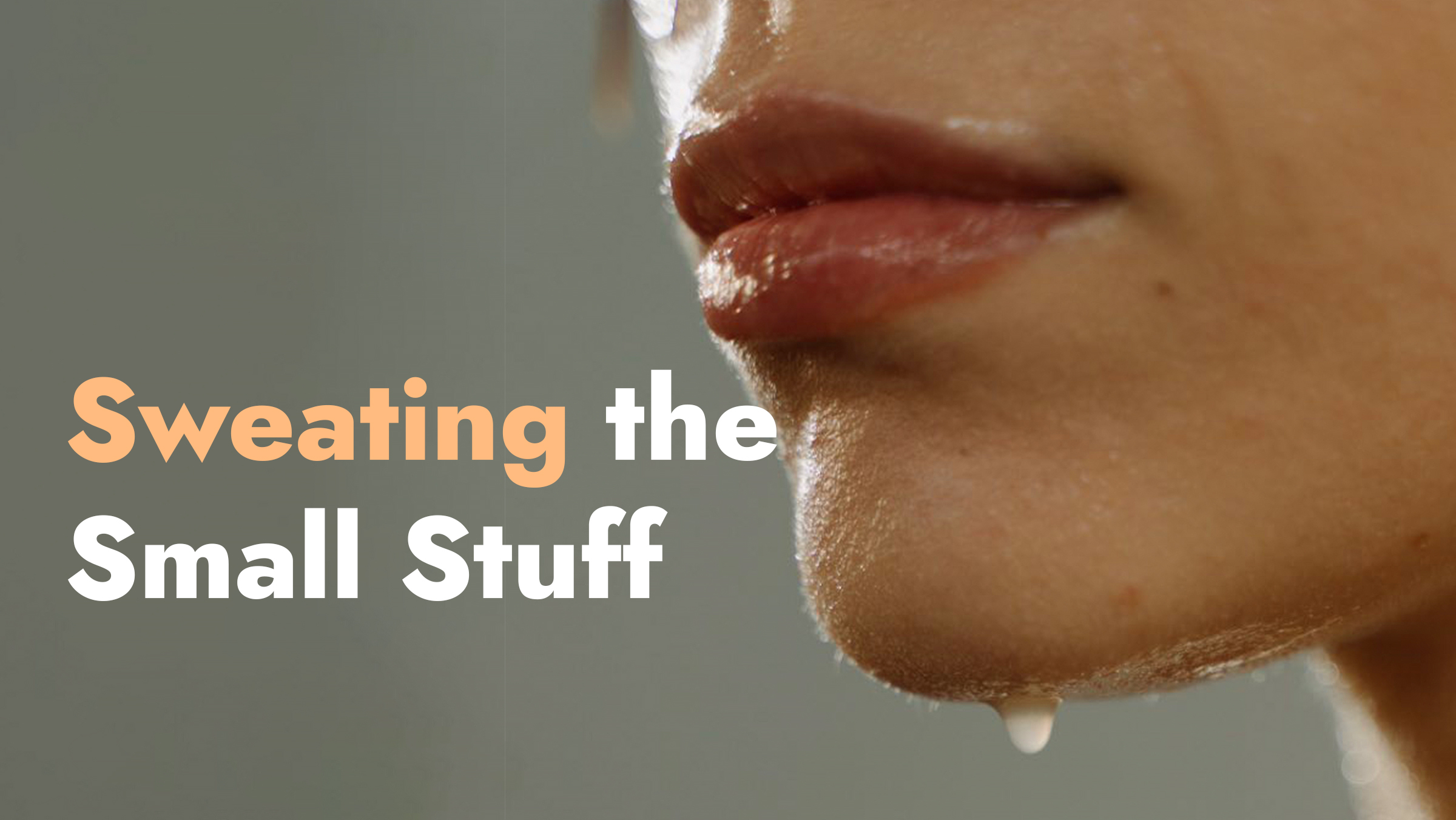If you sweat more than necessary to regulate your body temperature, you may have a condition called hyperhidrosis, or excessive sweating. While sweating is a normal bodily function, excessive sweating can be uncomfortable and embarrassing. Understanding the causes, symptoms, and treatments for hyperhidrosis can help you manage this condition.
What Causes Excessive Sweating?
Hyperhidrosis has two main forms:
Primary Focal Hyperhidrosis
This type of excessive sweating occurs in specific areas like the hands, feet, underarms, or face, for no apparent reason. The exact cause is unknown, but it may have to do with overactive nerves signaling the sweat glands. Primary focal hyperhidrosis often runs in families.
Secondary Generalized Hyperhidrosis
This sweating occurs all over the body and has an underlying medical cause, such as:
- Menopause
- Diabetes
- Cancer
- Heart disease
- Stroke
- Anxiety disorder
- Side effects of certain medications
Treating the underlying condition can alleviate sweating.
Signs of Excessive Sweating
With hyperhidrosis, you may experience:
- Wetness dripping from the hands, face, underarms, or feet
- Sweat soaking through your clothes
- Itching or skin irritation from moisture
- Worsened smelly body odor
Sweating may be emotionally distressing and cause you to avoid social situations. See your doctor if sweating interferes with your daily life.
Getting an Excessive Sweating Diagnosis
To diagnose hyperhidrosis, your doctor will:
- Ask about your medical history and symptoms
- Examine areas that sweat excessively
- Run tests to look for underlying causes
You may get a starch-iodine test to map out exactly where you sweat excessively.
Finding the Right Hyperhidrosis Treatment
Lifestyle changes and over-the-counter antiperspirants can help mild cases.
Incorporating certain lifestyle changes can help manage excessive sweating:
- Wear breathable clothing: Opt for loose-fitting, breathable fabrics like cotton to promote airflow and reduce heat retention.
- Manage stress levels: Stress can trigger sweating, so incorporating stress-management techniques like yoga, meditation, or deep breathing can help.
- Avoid triggers: Identify and avoid triggers that exacerbate sweating, such as certain foods, caffeine, or alcohol.
- Maintain good hygiene: Regular bathing and using antibacterial soaps can help prevent skin irritation and odor caused by excessive sweating.
Other treatment options include:
Prescription Antiperspirants
These stronger antiperspirants, like Dry sol, plug sweat ducts to reduce perspiration.
Anticholinergic Medications
These oral medicines block signals from the nervous system to sweat glands.
Iontophoresis
This therapy uses electrical current to plug sweat ducts and was originally FDA approved specifically for hyperhidrosis.
Botox Injections
Botox injections block the nerves that signal the sweat glands. Effects last about 6 months.
Mira Dry Microwave Therapy
The mira Dry device uses microwave energy to destroy sweat glands.
Surgery
For severe underarm sweating, an endoscopic thoracic sympathectomy can destroy the nerves that trigger excess sweat.
Talk to your doctor about the risks and benefits of each treatment option. While not life threatening, excessive sweating can reduce quality of life. But various therapies exist to help manage this condition.
]]>


-(2).png)
Comments 0
No comments yet
Be the first to share your thoughts!
Leave a Comment